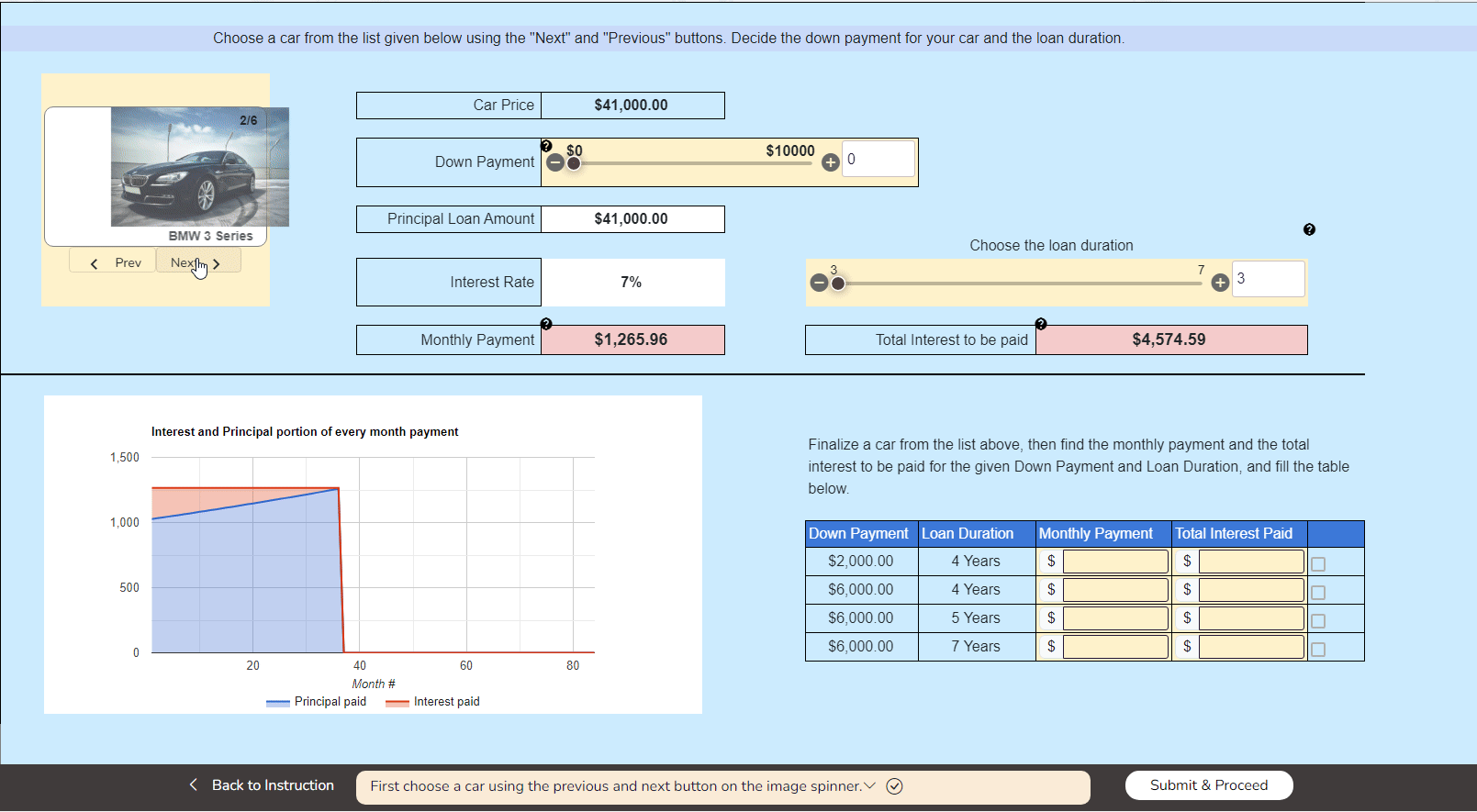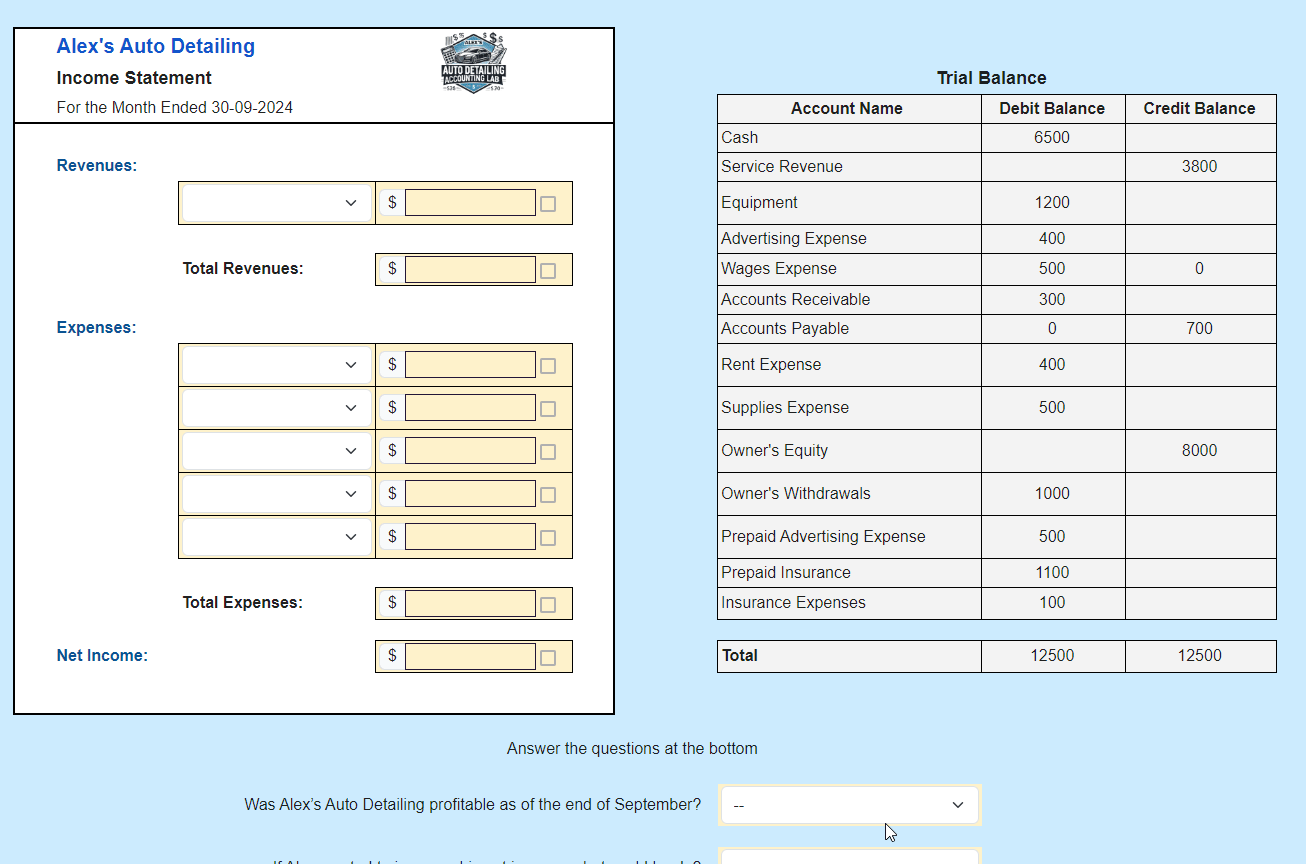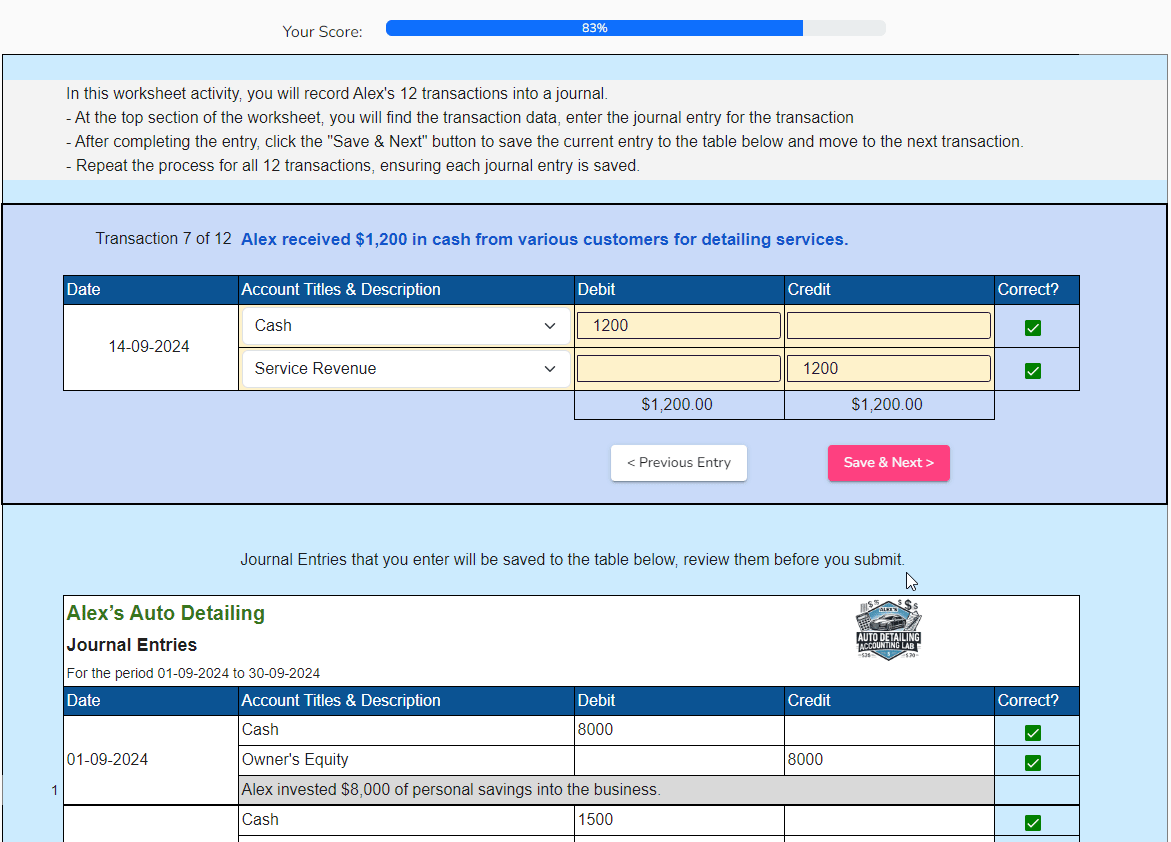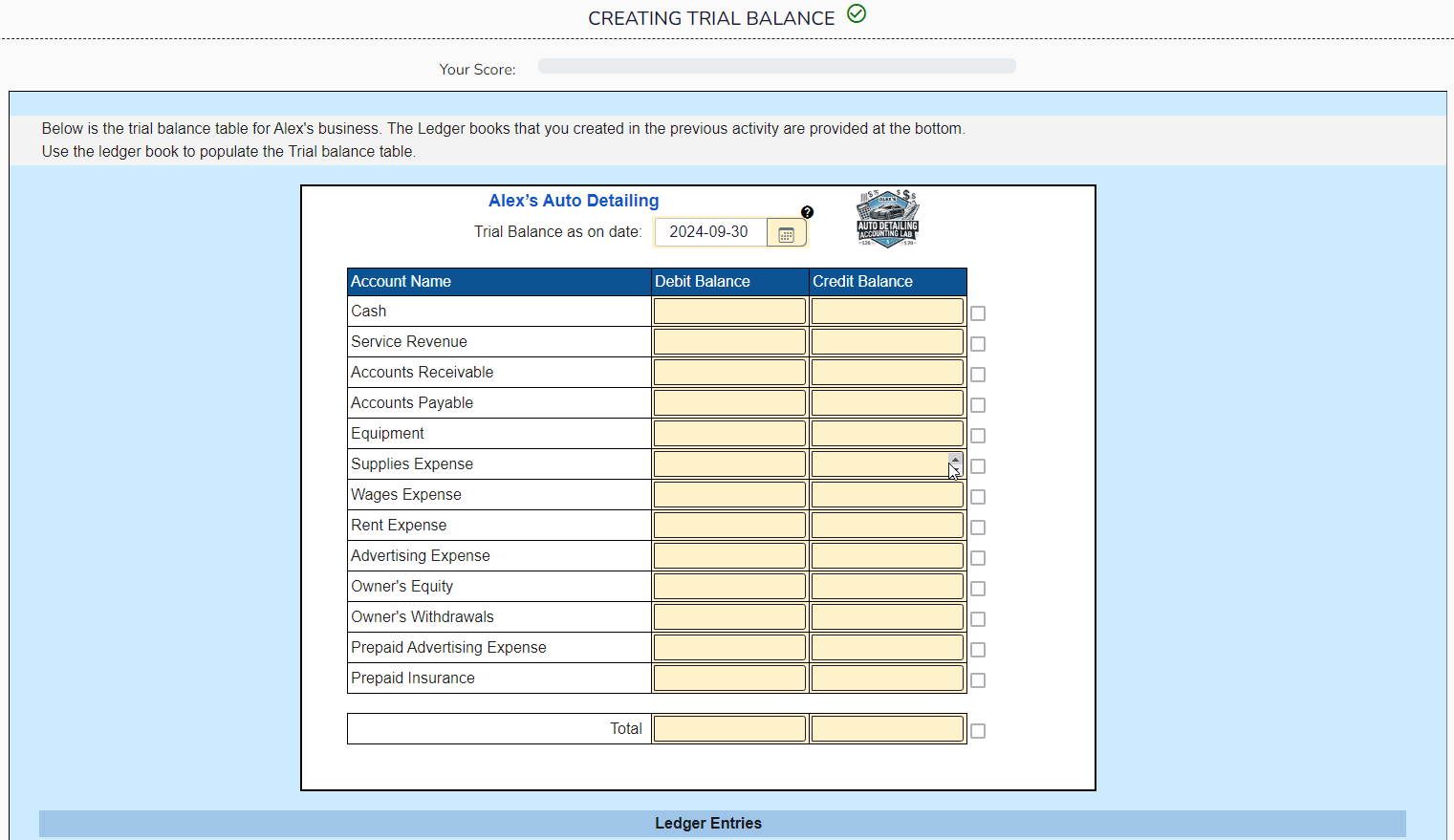Making Learning Interactive: Hands-on Activities for Active Student Engagement
Why Interactive Activities?
At ActiveLearningLabs, we believe students learn best by doing, not by passively reading or watching. That’s why our interactive worksheets are designed to engage students in hands-on learning, where they think, explore, and apply concepts in real-world scenarios.
Instead of just answering static questions, students:
✅ Make decisions – Adjust sliders to set product prices and see how demand shifts.
✅ Analyze data – Interpret graphs to understand market trends and financial statements.
✅ Solve problems – Use spinners and dropdowns to make strategic choices in budgeting and investing.
✅ Get immediate feedback – Know instantly if their answer is correct and learn from mistakes in real-time.
How We Make Learning Interactive?

🏆Dynamic Inputs
Students can manipulate values using the provided controls and see instant feedback.
- Sliders – Used in budgeting and pricing activities to let students adjust product prices and see how demand changes.
- Spinners – Allows students to make choices in decision-based activities, such as selecting the right insurance plan.
- Dropdowns & Drag-and-Drop – Helps classify financial terms, categorize transactions in accounting, etc.
- Inputs with Immediate Validation – Number and text inputs that support immediate validation of answers.
- Formula Builders – Write formulas to solve problems using pre-defined variables.
⚡ Auto-Grading & Instant Validation
Auto-grading and instant validation turn learning into an interactive, game-like experience where students receive immediate feedback, encouraging them to think critically and adjust their approach in real time.
- Students get immediate feedback on their responses, reinforcing learning in real-time.
- Teachers save time with auto-grading and real-time progress tracking.

📊 Graph-Based Analysis & Data Interpretation
Graph-based analysis and data interpretation help students visualize complex concepts, turning numbers into meaningful insights. By interacting with dynamic charts, students can explore trends, compare scenarios, and make data-driven decisions, reinforcing critical thinking and real-world problem-solving skills.
- Interactive graphs help students visualize financial trends, analyze stock performance, and interpret economic data.
- Students manipulate variables and instantly see results on charts.
🎲 Randomization for Unique Student Work
One of the challenges teachers face is ensuring that students truly engage with the material rather than simply copying answers. Randomization solves this by giving each student a unique set of values, encouraging independent thinking, deeper understanding, and a more personalized learning experience.
- Every student gets different transaction amounts in accounting worksheets, reducing copying and encouraging independent thinking.
- Randomized numbers ensure students don’t just memorize answers but understand concepts.


🤖 Simulations & Scenario-Based Learning
One of the best ways to prepare students for real-world decision-making is through simulations and scenario-based learning. By placing students in realistic situations—like managing a budget, making ethical choices, or analyzing business strategies—they learn by doing, developing critical thinking and problem-solving skills in a risk-free environment.
- Students simulate business decisions in a risk-free environment (e.g., pricing a school store’s products).
- Students are placed situations to make money using investment choices, create their budgets, make choices on a car loan, etc.
- Students are placed in real-life scenarios to do accounting of businesses.
- Ethical dilemmas in workplace labs encourage critical thinking.
🔄 Step-by-Step Guided Learning
Complex topics can feel overwhelming, but step-by-step guided learning breaks them down into manageable pieces, ensuring students build confidence as they progress. With interactive validation at each stage, students stay on track, reinforce their understanding, and master concepts without frustration.
- Multi-step worksheets break complex topics (like accounting) into manageable, interactive steps.
- Each step is validated before students move on, preventing frustration.

What Students Are Saying...





